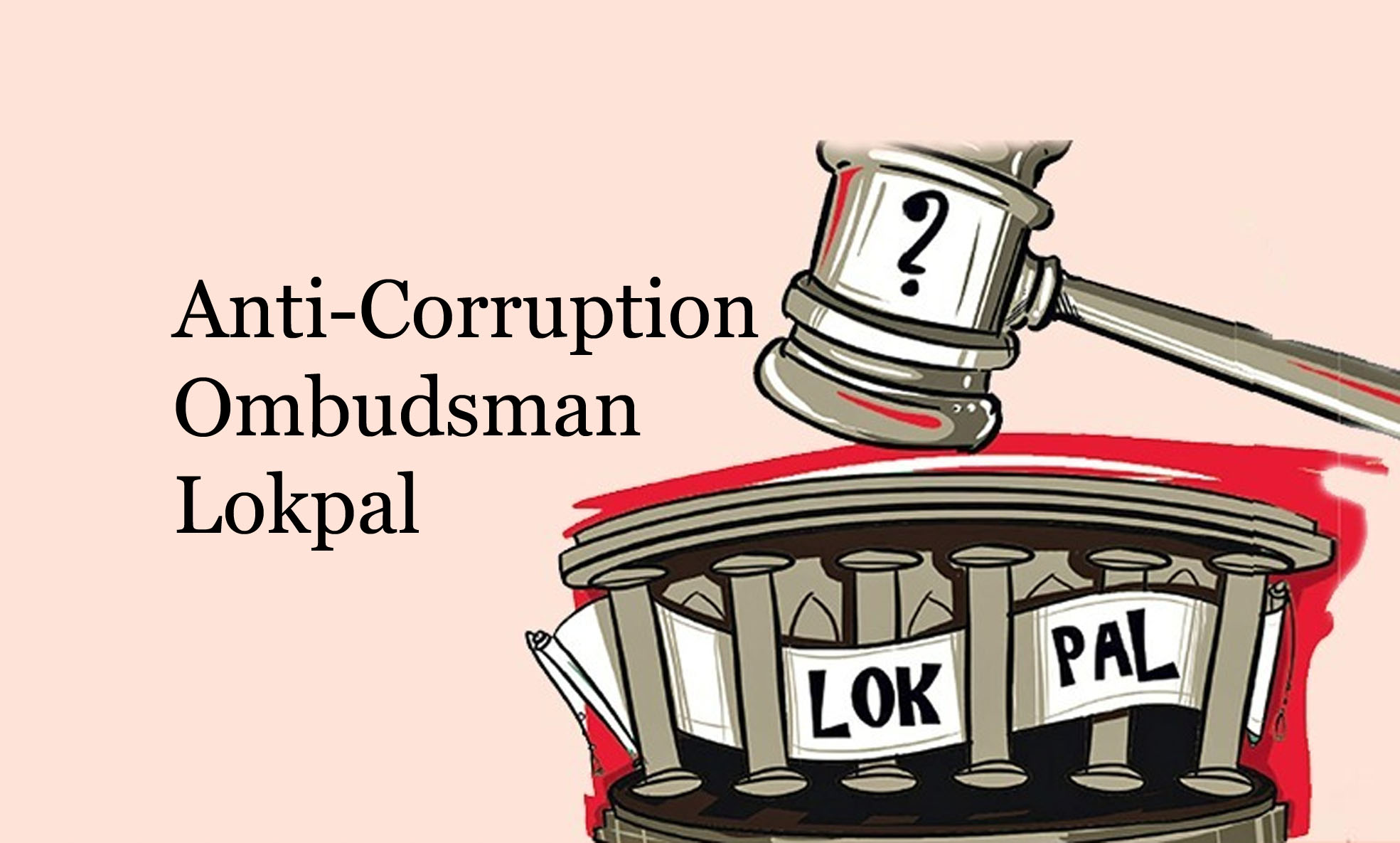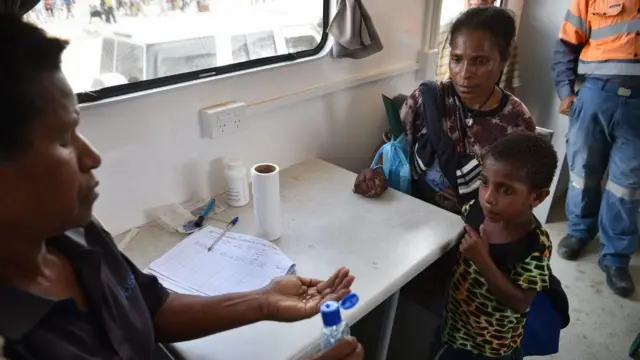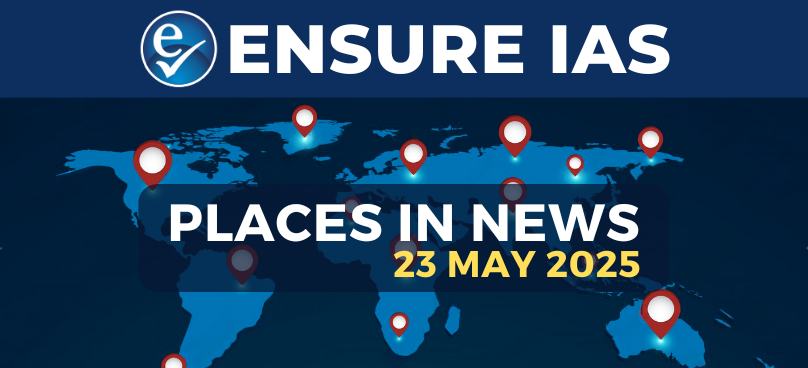- Courses
- GS Full Course 1 Year
- GS Full Course 2 Year
- GS Full Course 3 Year
- GS Full Course Till Selection
- Online Program
- GS Recorded Course
- NCERT (Recorded 500+ Hours)
- Polity Recorded Course
- Geography Recorded Course
- Economy Recorded Course
- AMAC Recorded Course
- Modern India, Post Independence & World History
- Environment Recoded Course
- Governance Recoded Course
- Science & Tech. Recoded Course
- International Relations and Internal Security Recorded Course
- Disaster Management Module Course
- Ethics Recoded Course
- Essay Recoded Course
- Current Affairs Recoded Course
- CSAT
- 5 LAYERED ARJUNA Mentorship
- Public Administration Optional
- ABOUT US
- OUR TOPPERS
- TEST SERIES
- FREE STUDY MATERIAL
- VIDEOS
- CONTACT US
Decade after law enacted, Lokpal forms inquiry wing
Decade after law enacted, Lokpal forms inquiry wing

The Lokpal has recently established an Inquiry Wing to conduct preliminary investigations into allegations of corruption by public servants.
Key Highlights of the Inquiry Wing
- Legal Backing:
- Established under Section 11 of the Lokpal and Lokayuktas Act, 2013.
- Responsible for preliminary inquiries into offences under the Prevention of Corruption Act, 1988.
- Organisational Structure:
- Director of Inquiry under the Lokpal chairperson.
- Assisted by three Superintendents of Police (SPs):
- SP (General)
- SP (Economic and Banking)
- SP (Cyber)
- Each SP has a team of inquiry officers and other staff.
- Preliminary Inquiry Timeline and Reporting:
- Must complete preliminary inquiries and report to the Lokpal within 60 days.
- Report includes feedback from both the public servant and the competent authority.
- Note: The Lokpal is also mandated to create a Prosecution Wing (Director of Prosecution) for prosecuting public servants, which has not yet been constituted.
Need for the Inquiry Wing:
- Effective Preliminary Inquiries:
- Provides an independent mechanism for initial investigations, addressing gaps in existing frameworks.
- Independence in Anti-Corruption Investigations:
- Reduces potential biases in politically sensitive cases investigated by the Central Bureau of Investigation (CBI).
- Strengthening Accountability and Public Trust:
- Aligns with the Second Administrative Reforms Commission (ARC) recommendations for improved anti-corruption frameworks.
- Addressing Global Concerns:
- Meets international standards for transparency and governance, responding to global corruption indices and calls for reform.
- Filling Gaps:
- Aims to bridge gaps highlighted by the 2011 Public Accounts Committee (PAC) Report, providing a specialized mechanism for corruption inquiries.
Key Facts About Lokpal:
- About:
- First institution of its kind in India, created to combat corruption among public functionaries.
- Established under the Lokpal and Lokayuktas Act, 2013.
- Composition:
- Chairperson and eight Members (at least 50% Judicial Members).
- Appointed by the President of India, serving for a term of five years or until age 70.
- Organisational Structure:
- Administrative Branch: Headed by a Secretary-level officer.
- Judicial Branch: Headed by a Judicial Officer.
- Jurisdiction:
- Investigates allegations against Prime Minister, Union Ministers, Members of Parliament, and officials in Groups A, B, C, and D.
- Also covers chairpersons, members, officers, and directors of entities funded by or established by the Union or State Government.
- Proceeding:
- Complaints lead to preliminary inquiries by the Inquiry Wing or referrals to CBI/CVC.
- CVC handles officials in Groups C and D under the CVC Act, 2003.
- Function:
- Acts as an ombudsman, investigating corruption allegations against public functionaries.
Challenges in Functioning of Lokpal
- Delay in Infrastructure:
- Inquiry Wing established; Prosecution Wing yet to be constituted.
- Exclusion Clause:
- State Government employees not covered unless involved with Union affairs.
- Clarity in Powers:
- Ambiguities regarding Lokpal’s authority over CBI, especially for high-level cases.
- Shortage of Personnel:
- Vacancies in key positions, affecting effectiveness.
- Dependence on External Agencies:
- Reliance on CBI and police for investigations affects independence.
- Lack of Oversight:
- No dedicated mechanism to monitor Lokpal’s own functioning.
Way Forward:
- Expedite Formation of Wings:
- Complete constitution of the Inquiry and Prosecution Wings, filling all vacancies.
- Clarify Relationships with CBI:
- Define Lokpal’s supervisory powers and coordination mechanisms with CBI, ED, and CVC.
- Adopt Best Practices:
- Implement best practices from global standards, including robust whistleblower protections.
- Implement Committee Recommendations:
- Act on recommendations from the Second Administrative Reforms Commission to enhance accountability and efficiency.
Conclusion
The establishment of the Inquiry Wing of the Lokpal represents a significant advance in India’s anti-corruption framework. By offering an independent and specialized mechanism for preliminary investigations, it aims to address existing gaps and reduce biases in corruption cases. However, its effectiveness will depend on the timely formation of supporting structures, clarification of powers, and addressing challenges such as personnel shortages and reliance on external agencies. To fully realize its potential, it is crucial for the government to expedite the establishment of necessary wings, adopt best practices, and act on reform recommendations. Strengthening the Lokpal will not only align India’s anti-corruption efforts with global standards but also restore public trust in governance.
Must Check: Best IAS Coaching In Delhi
UPSC Prelims Result 2024 Out: Expected Cut Off & Other Details, UPSC Prelims 2024 Answer with Explanation, Daily Prelims Quiz, Daily Current Affairs, MONTHLY CURRENT AFFAIRS TOTAL (CAT) MAGAZINE, Best IAS Coaching Institute in Karol Bagh, Best IAS Coaching Institute in Delhi, Daily Mains Question Answer Practice, ENSURE IAS UPSC Toppers, UPSC Toppers Marksheet, Previous Year Interview Questions, UPSC Syllabus
Official Secrets Act, 1923; and Section 152 of Bharatiya Nyaya Sanhita(BNS)



